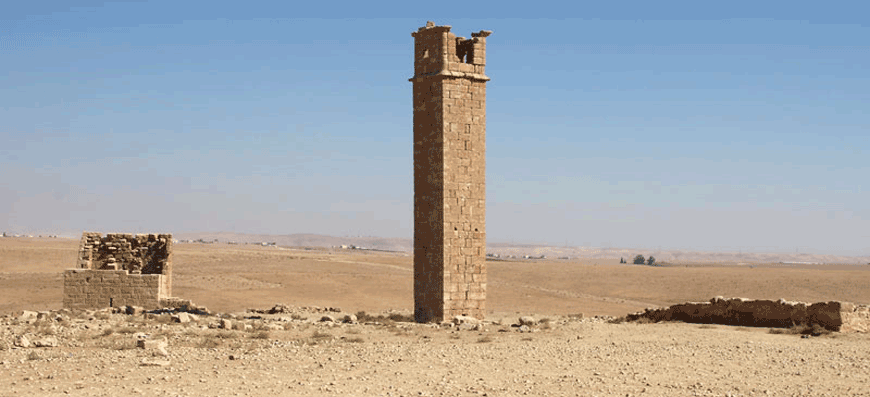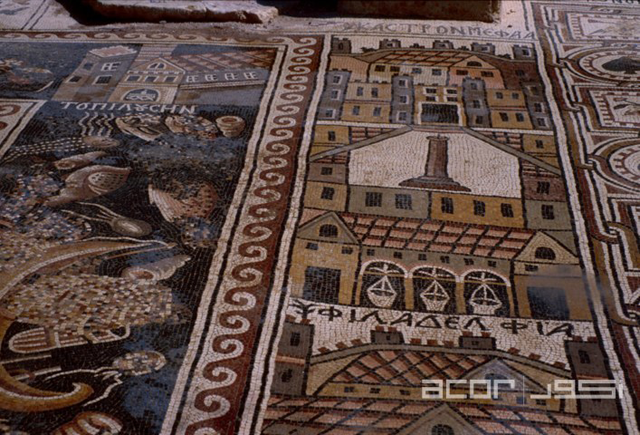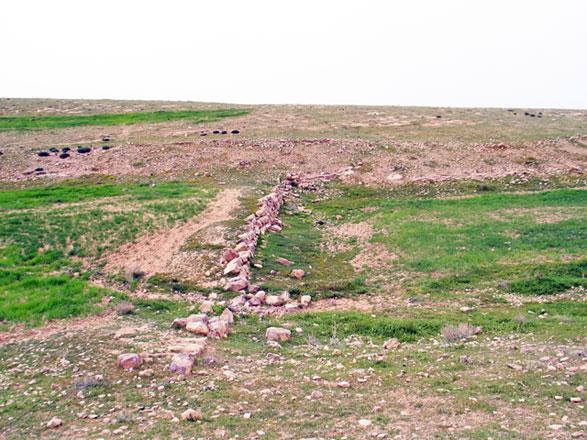You are here
Preserving the Past: UNESCO Heritage Site Umm ar-Rasas faces risks of destruction
By Saeb Rawashdeh - Jan 16,2024 - Last updated at Jan 16,2024

A mosaic floor at Saint Stephen Church in Umm ar Rasas depicting ancient Philadelphia (Photo courtesy of ACOR)
AMMAN — Located along the desert, around 70km south of Amman, Umm ar-Rasas is a UNESCO-inscribed site known as the third Jordanian World Heritage, famous for its churches, mosaics and Stylite Tower. Originally built as a Roman military camp, Umm ar-Rasas evolved into a city during the 5th century. Sixteen churches were spread across the site, which played a significant role in the Late Roman, Byzantine and Early Muslim periods (3rd to 9th centuries AD). Like the mosaics at Saint George’s Church in Madaba, those at Umm ar-Rasas attract archaeologists looking for the historical and geographic sources displayed on them: For example, towns and shrines from the Holy Land are depicted on the mosaic floor of the Saint Stephen’s Church.
The tall towers and buildings around the churches testify about the monastic life practiced in Umm ar-Rasas during the 5th and 6th centuries AD. Stylites were ascetic hermits who would pray in isolation atop a column.
“We can identify Umm ar-Rasas with ‘Kastron Mefaa’, a toponym known from the Roman and Arabic sources, as well as from the Bible. In ‘Onomasticon’, Eusebius mentions that a unit of the Roman army was stationed at Mephaat, on the edge of the desert,” said the German architect Wolfwgang Koellisch, adding that the identification of Kastron Mefaa has been based primarily on the name found in inscriptions.
“The Saint Stephen Church is located north of the Kastron and the mosaic on the floor depicts holy sites, humans, animals and plants,” Koellisch continued, adding that the scenes present hunting, agriculture and pastoral scenes.
However, the risk of a cataclysmic earthquake remains a realistic hazard for Umm ar-Rasas and its rich heritage.
“The Dead Sea Rift, along with its perpendicular faults such at the Siwaqa Fault, is the main generator of earthquakes,” Koellisch continued. The first reported earthquake took place in 749AD, followed by numerous earthquakes within a 200 kilometres radius in 845AD, 974AD and 991AD.
“The consequences of these earthquakes combined with a shortage of water and other factors were responsible for the decline of Umm ar-Rasas,” Koellisch said, stressing that after nearly nine months of the year without rain, it is often followed by heavy rainfall.
The antique site becomes flooded within hours and the soil draws up water, causing the mosaic floor to buckle, he explained. “The cell of the holy Stylite with its broken lintels and fallen roof construction is in danger. Because of the unstable situation, there is a permanent risk that more damages and losses could occur in future earthquakes and in heavy rainfalls.”
The consolidation should strengthen the cell construction to stop the trend towards further deterioration.
“The idea is to reinforce the cell construction with carbon fibre straps and to renew the broken and weathered lintels and some stones. Renewal of the statical construction elements is given higher priority than conservation because of the security required for visitors as well as in order to keep the tower together,” Koellisch underlined.
Moreover, drainages cannot solve the problem with large amounts of rainwater because of the unexcavated archaeological parts of the site.
“At the moment, a discussion is in full swing concerning the possibilities of filling the ancient cisterns, like in former times. The idea of reconstructing and revitalising the open water channels would be very attractive for visitors and could show how the ancient water management system in a settlement on the edge of a desert was constructed,” he concluded.
Related Articles
AMMAN — Umm ar-Rasas, some 75 km south of Amman, has a glorious past that covers different historical periods including the Iron Age, the Na
AMMAN — Kastron Mefa'a (Umm ar-Rasas) is located 30 kilometres southeast of Madaba, in central Jordan.
AMMAN — Umm Al Rassas is a UNESCO World Heritage site, located about 75 kilometres south of Amman, famous for its 16 Byzantine churche














